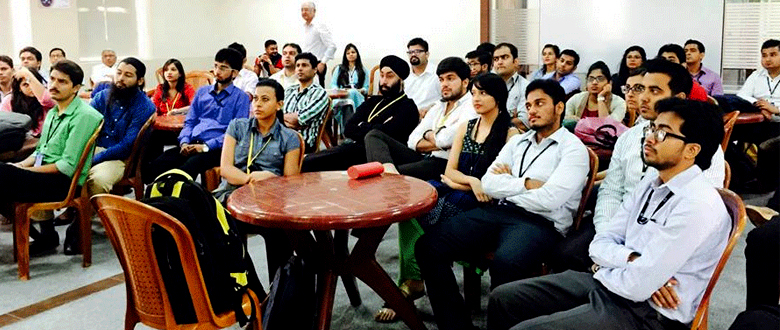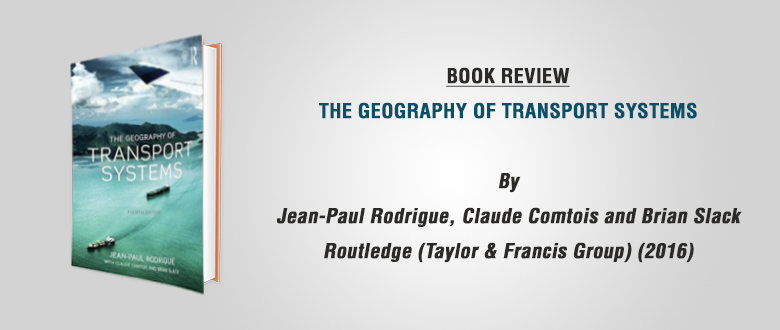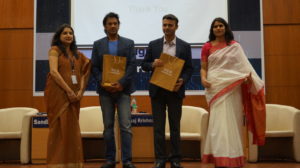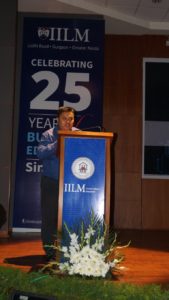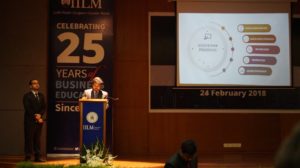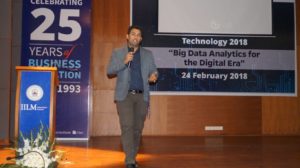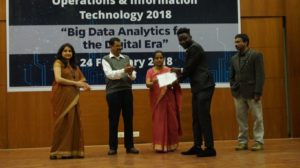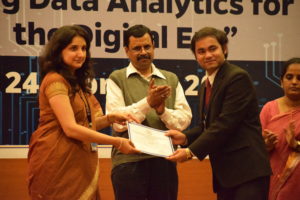Content

Mark any checkboxes that are appropriate for this employee. If the employee is a nonresident alien, mark the Nonresident alien checkbox, and if the employee is tax exempt, mark the Tax exempt checkbox.
IRS Warns Taxpayers on False Employee Retention Credit Claims – Bloomberg Tax
IRS Warns Taxpayers on False Employee Retention Credit Claims.
Posted: Fri, 21 Oct 2022 08:55:14 GMT [source]
You just enroll in the Electronic Federal Tax Payment System , then make your payment online. It’s the only way to make a payroll tax payment (mailing checks isn’t allowed). Combined, the FICA tax rate is 15.3% of the employee’s wages. This is the employee’s total earnings from all income sources prior to any deductions the employee is eligible for. Add lines 1b and 2a to find the amount to withhold from the employee’s wages and record it in line 2b.
How to calculate accrued payroll
A payroll tax cut would mean that less Social Security and Medicare taxes are withheld and taken out of paychecks. The idea is that workers and businesses would take home a little extra with each paycheck and that would encourage them to spend more and stimulate the economy. Payroll can also refer to the list of a company’s employees and the amount of compensation due to each of them. Payroll is a major expense for most businesses and is almost always deductible, meaning the expense can be deducted from gross income lowering the company’s taxable income. If you’re overwhelmed with the many aspects of learning how to do payroll accounting, you’re not alone. It’s important to choose a quality accounting program that will make documenting transactions easier.
- She has also worked in desktop support and network management.
- Withheld amounts represent liabilities, as the company must pay the amounts withheld to the appropriate third party.
- The result was that several of its top executives went to jail, committed suicide, or died from heart attacks when the fraud was discovered.
- Small business owners benefit from accounting software because it helps them track accounts receivable and accounts payable, gauge their profitability, and prepare for tax season.
- Identify the major provisions of the Fair Labor Standards Act and how each affect minimum wage and overtime.
- She has worked in multiple cities covering breaking news, politics, education, and more.
The deductions from the employees are entered on the balance sheet as payables under current liabilities. Before exploring the journal entries and financial statements, net pay is calculated, because it’s a part of the entries and statements.
Accounting Topics
Small, midsized or large, your business has unique needs, from technology to support and everything in between. https://www.bookstime.com/ See how we help organizations like yours with a wider range of payroll and HR options than any other provider.

Sage 100 Contractor Accounting, project management, estimating, and service management. Accounting Native-cloud accouting software for small business. Learn how to electronically file your employment tax forms. Let’s work through a fictitious example for the Elephant Store, LLC, which has two employees.
Payroll Tax Expense
In other places, the responsibility of paying payroll taxes is entirely handled to employees on an annual basis; and in some other cases a mix of these two methods is used. The accounts that you need to set up to track payroll will generally be an expense account or a liability account.
You can avoid accruing vacation and sick time — and paying departing employees for unused time off — by adopting an unlimited PTO policy. Outline the importance of a payroll register and employee earning records. In the State withholding section, enter state withholding information. Other than payroll accounting the State field, the fields in this section vary by state, because they are based on the fields for each state’s W-4 form. If the employee is eligible for earned income credit, select their EIC status from the drop-down list and, if applicable, mark the Spouse has form W-5 in effect checkbox.
Credit the FICA tax payable, federal income withholding payable, state income withholding payable, and any other withholdings on employee paychecks. You must deposit federal income tax and Additional Medicare Tax withheld and both the employer and employee social security and Medicare taxes. You also must report on the taxes you deposit, as well as report wages, tips and other compensation paid to an employee.

Calculate the amount you will owe for the employer portion of FICA taxes and set this aside with the employee portion of these taxes. Federal income and FICA taxes are sometimes referenced as “941 taxes” because they are included on the IRS Form 941, which is the quarterly wage and tax report. IRS is offering coronavirus relief to taxpayers and many businesses will qualify for two tax credits – the Credit for Sick and Family Leave and the Employee Retention Credit. It ensures that all citizens are judged equally based on their income. Let us assume that Gemma works for Black PLC. As of March 31, 2022, her annual salary is $60,000. Now, calculate the payroll tax contribution deducted from Gemma’s salary .
Payroll Accounting Journal Entries
Before examining the expense portion of the income statement, remember only taxes and deductions that the employer owes are included on the income statement as expenses. The payroll expenses are shown on the income statement with actual numbers. The other expense accounts have xxxxxxx instead of numbers. You’ll notice I’m not accruing anything for FUTA and SUTA, two employer-paid payroll taxes. That’s because both taxes usually fizzle out early in the year for full-time employees. FUTA only applies to the first $7,000 of an employee’s wages, resetting every January. Federal Insurance Contribution Act taxes support the federal Social Security and Medicare programs.

